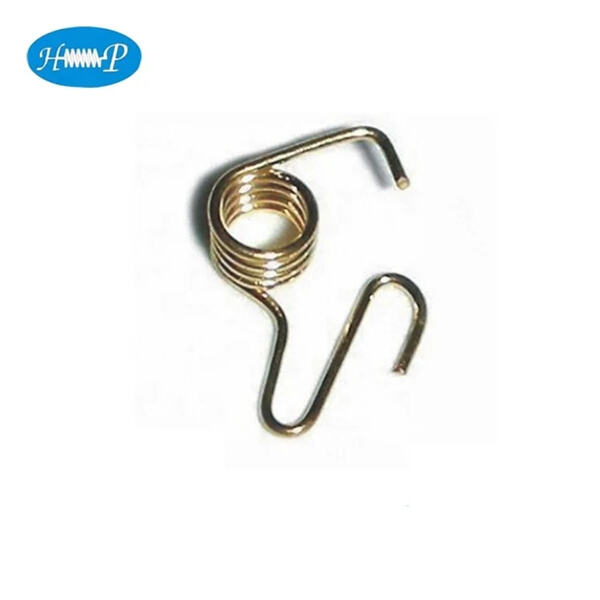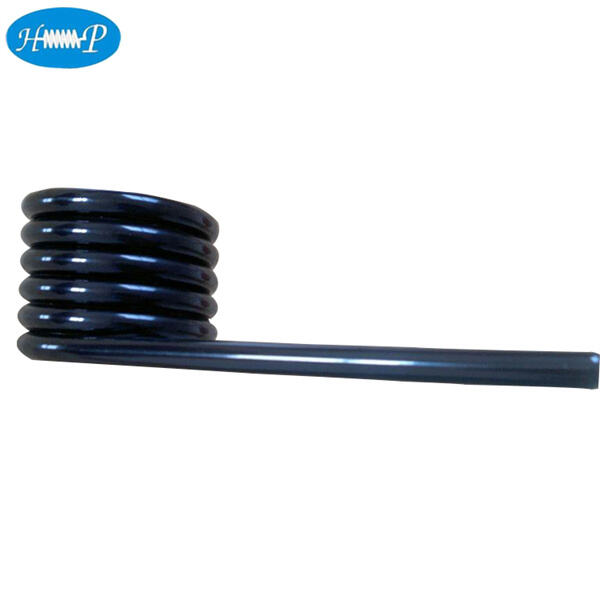Torque springs may sound elusive, but are in fact simple and integral components of many machines and devices. In simplified terms, metal spring clipss are helically wound springs that absorb and release energy when they are rotated or twisted. They function by resisting the movement or rotation of an object, which allows for the regulation of the movement and the maintenance of stability.
Energy is stored in the coils when the stainless steel spring clips is wound. When the spring is released, it releases the energy to produce a twisting force. The movements of torque springs can be seen in items as disparate as clocks, toys, and doors. For instance, in a wind-up toy car, you wind the torque spring mechanically by using a key. As the spring coils unwinds, it moves the toy car’s wheels, which then moves it forward.

There are some torque springs which are vital to the designs of the machine because they make things move more smoothly. They determine how much power, or force, that different parts of machines can turn, preventing fast movements that might cause the machine to break. Without torque springs, a lot of machines just would not work right. For instance, in a garage door opener, the torque spring facilitates easily lifting the heavy door, making the system easily accessible to people.

In factories, torque springs mean better, faster work. One of the major advantages of torque springs is that they yield uniform and precise turning forces. This helps machines behave better and stay on target. Plus, torque springs are durable and can withstand frequent use without wearing out.

One of the ways that engineers are assisted in making a system work better is by torque springs. For example, in automobiles, torque springs save fuel by lowering the friction in engines and increasing their power. For robots, these torque springs are crucial for moving robot arms and joints with precision. In all, torque springs can improve the performance, contributing the the longevity of your machine.